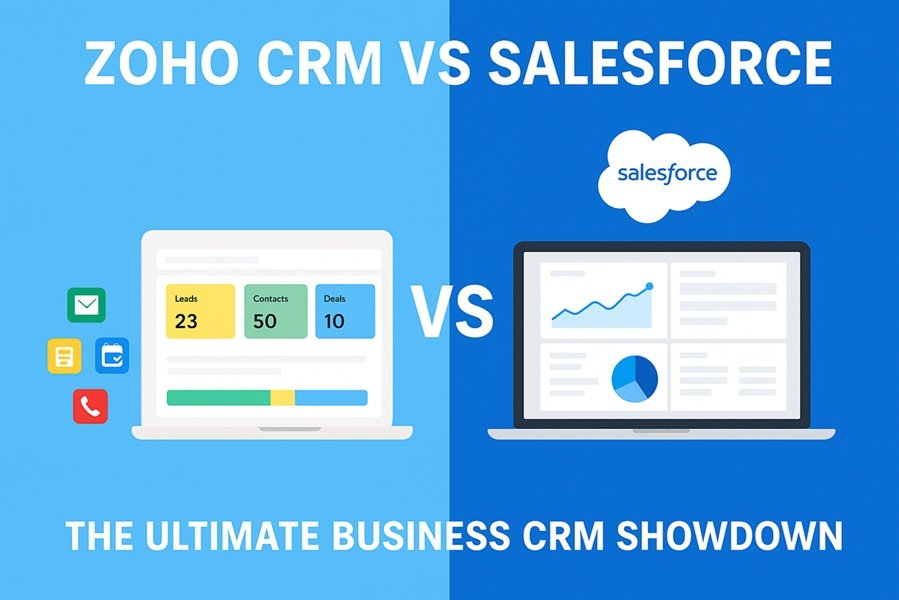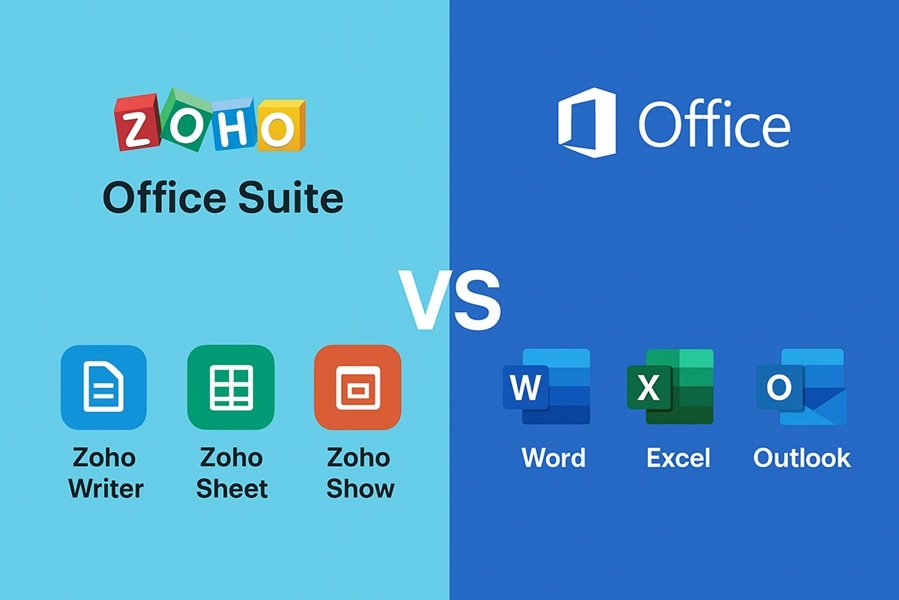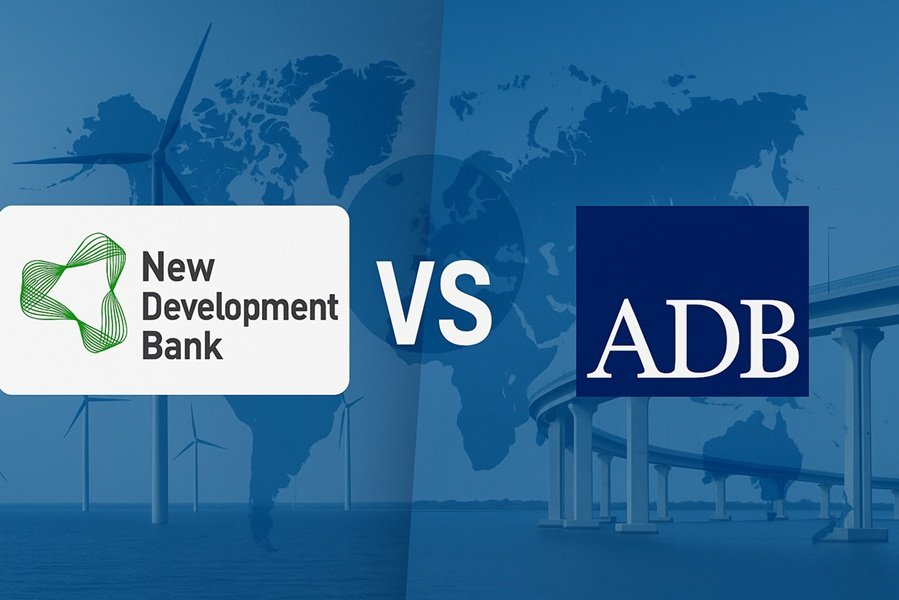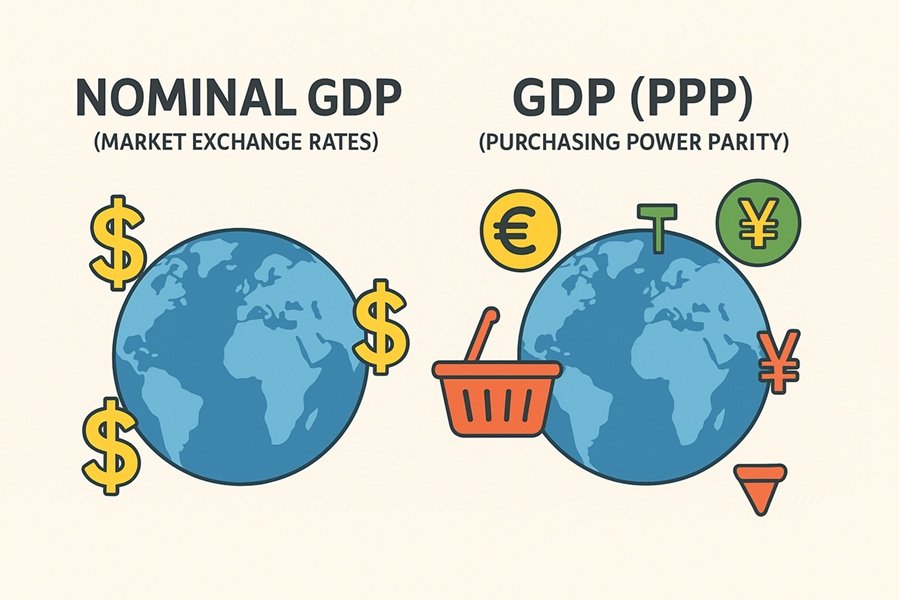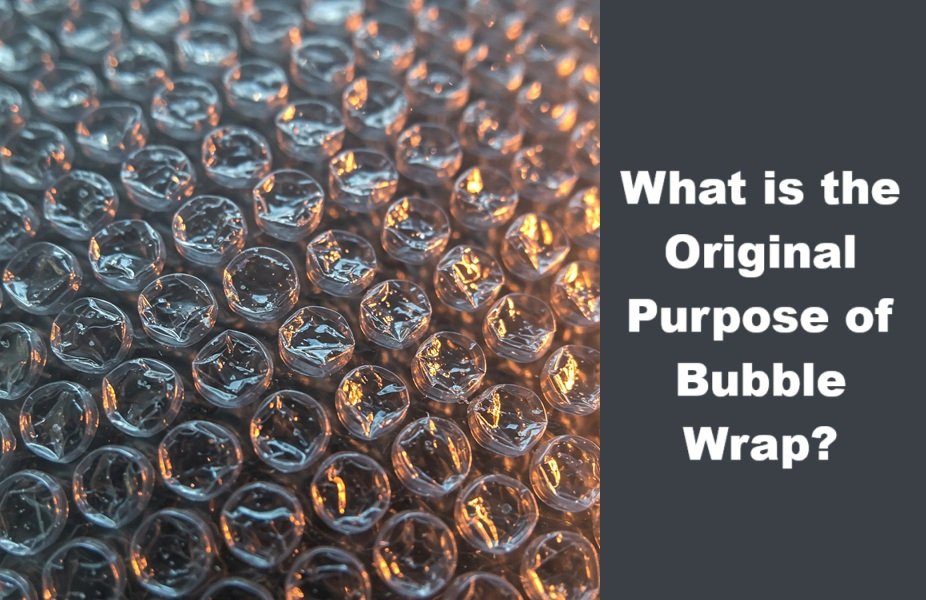
Bubble wrap is now a universally recognized material, often associated with the joy of popping its air-filled bubbles and more commonly, with the protection of fragile items during shipping. However, the original purpose of bubble wrap was not packaging at all. Its invention was the result of a creative, yet ultimately failed, attempt to innovate in a completely different industry—interior design. This article explores the fascinating history, original intent, evolution, and ultimate transformation of bubble wrap into the iconic packaging material we know today.
Origins: A Failed Experiment in Wallpaper Design
The Inventors
Bubble wrap was invented in 1957 by two engineers: Alfred Fielding and Marc Chavannes in Hawthorne, New Jersey, USA. The pair were working on a unique idea—they wanted to create a three-dimensional plastic wallpaper. Their goal was to produce a textured wall covering that would stand out from the traditional flat wallpapers of the time.
The Process
To bring this vision to life, they tried to fuse two shower curtains together using heat. This process unintentionally trapped air bubbles between the plastic sheets. Instead of forming a smooth, uniform surface, the material bubbled up—literally. Though it didn’t work for its original purpose, the result was a light, cushiony plastic sheet filled with air pockets.
From Wallpaper to Greenhouse Insulation
Despite the failure of their wallpaper idea, Fielding and Chavannes did not discard the invention. They pivoted, believing that the material could still have a use. Their next idea was to use the bubble wrap as insulation for greenhouses, capitalizing on its ability to trap air and potentially regulate temperature.
However, this application also didn’t gain significant traction in the commercial market. Greenhouse operators were not convinced by the idea, and it failed to take off.
The Eureka Moment: Protective Packaging
The turning point for bubble wrap came when IBM introduced the IBM 1401, one of the earliest commercially successful business computers, in the late 1950s. These machines were large, expensive, and delicate—requiring safe and reliable packaging for shipping to clients.
Recognizing this opportunity, Fielding and Chavannes pitched their air-cushioned plastic as a protective packaging material. IBM was impressed. Bubble wrap offered a lightweight, flexible, and shock-absorbing solution for shipping electronics—something that was much needed at the time.
This marked the beginning of bubble wrap’s rise as the go-to protective packaging material, a role in which it continues to thrive today.
Sealed Air Corporation: Bringing Bubble Wrap to the Market
In 1960, Fielding and Chavannes founded the Sealed Air Corporation to manufacture and market their bubble wrap product. With the support of IBM and growing demand from electronics and shipping industries, Sealed Air expanded rapidly.
The company invested in refining the production process, ensuring consistency in bubble size, spacing, and air retention. Over time, bubble wrap became more versatile, being made in various sizes and with additional features like anti-static properties for electronics or large-cell bubbles for cushioning heavier objects.
Modern Uses of Bubble Wrap
While originally a failed wallpaper concept, bubble wrap has evolved into a multi-purpose product with applications far beyond simple packaging:
1. Protective Packaging
The most widespread use—protecting fragile items during shipping or storage. From electronics to glassware, bubble wrap prevents breakage and scratches.
2. Moving and Storage
Used by moving companies and individuals to safeguard furniture, décor, dishes, and collectibles during relocation.
3. Art and Craft Projects
Bubble wrap has become a favorite in DIY communities for painting textures, print-making, and creative kids’ projects.
4. Insulation
Though not its most common use, bubble wrap is still used as temporary window insulation during winter months due to its air-trapping properties.
5. Stress Relief
The satisfaction of popping bubble wrap has even led to stress-relief toys and games mimicking the experience.
Fun Facts About Bubble Wrap
- National Bubble Wrap Appreciation Day is celebrated on the last Monday of January.
- Sealed Air once released a “Bubble Wrap Keychain” for stress relief that mimicked the popping experience.
- There is a Japanese toy called Mugen Puchi Puchi, which simulates the feel and sound of popping endless bubble wrap.
The Irony of Innovation
What makes the story of bubble wrap particularly compelling is the way an accidental invention—originally created for something as different as wallpaper—found its true calling in a completely unrelated field. It’s a classic case of innovation through iteration and adaptation. Fielding and Chavannes didn’t see failure as a dead end; instead, they found a different path for their idea, one that has touched nearly every household and industry across the globe.
Conclusion
The original purpose of bubble wrap was not to cushion your online shopping or safeguard your electronics. It was meant to be a revolutionary new kind of wallpaper—a bold, textured wall covering for modern homes. Though the concept didn’t catch on as interior design, the material’s unique structure found new life in packaging, where it became an indispensable product worldwide. This story of transformation serves as a powerful reminder: sometimes, the greatest successes are born from the most unexpected failures.
Read This: How Many Legs Does a Kangaroo Have?

